John B. Little Center for Radiation Sciences
The JBL Center supports cutting edge biological, physical, and population-based epidemiological research to understand, interpret, and estimate the health effects of radiation to pave the way for effective preventive and therapeutic strategies.
665 Huntington Ave, |
Boston, MA 02115
International Scientific Advisory Committee (ISAC)
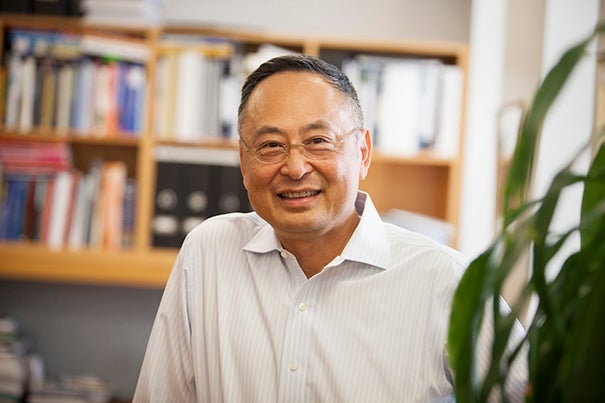
Gerald Chan is the co-founder of Morningside, a private investment group with venture capital, private equity, and property investments. In the life science sector, Morningside focuses on start-up biotechnology companies founded on novel scientific discoveries. Notable recent examples include the oncolytic virus company Biovex and the cancer vaccine company Aduro.
Dr. Chan is a member of the Global Advisory Council of the International Society for Stem Cell Research, the Global Advisory Council of Harvard University, the Dean’s Board of Advisors of the Harvard T.H. Chan School of Public Health, and the advisory boards of the Johns Hopkins Nanjing Center and the Columbia University Center for Radiological Research. He received his Master’s Degree in medical radiological physics and Doctor of Science degree in radiation biology from Harvard University. He then did his post-doctoral training in pathology at the Dana-Farber Cancer Institute.
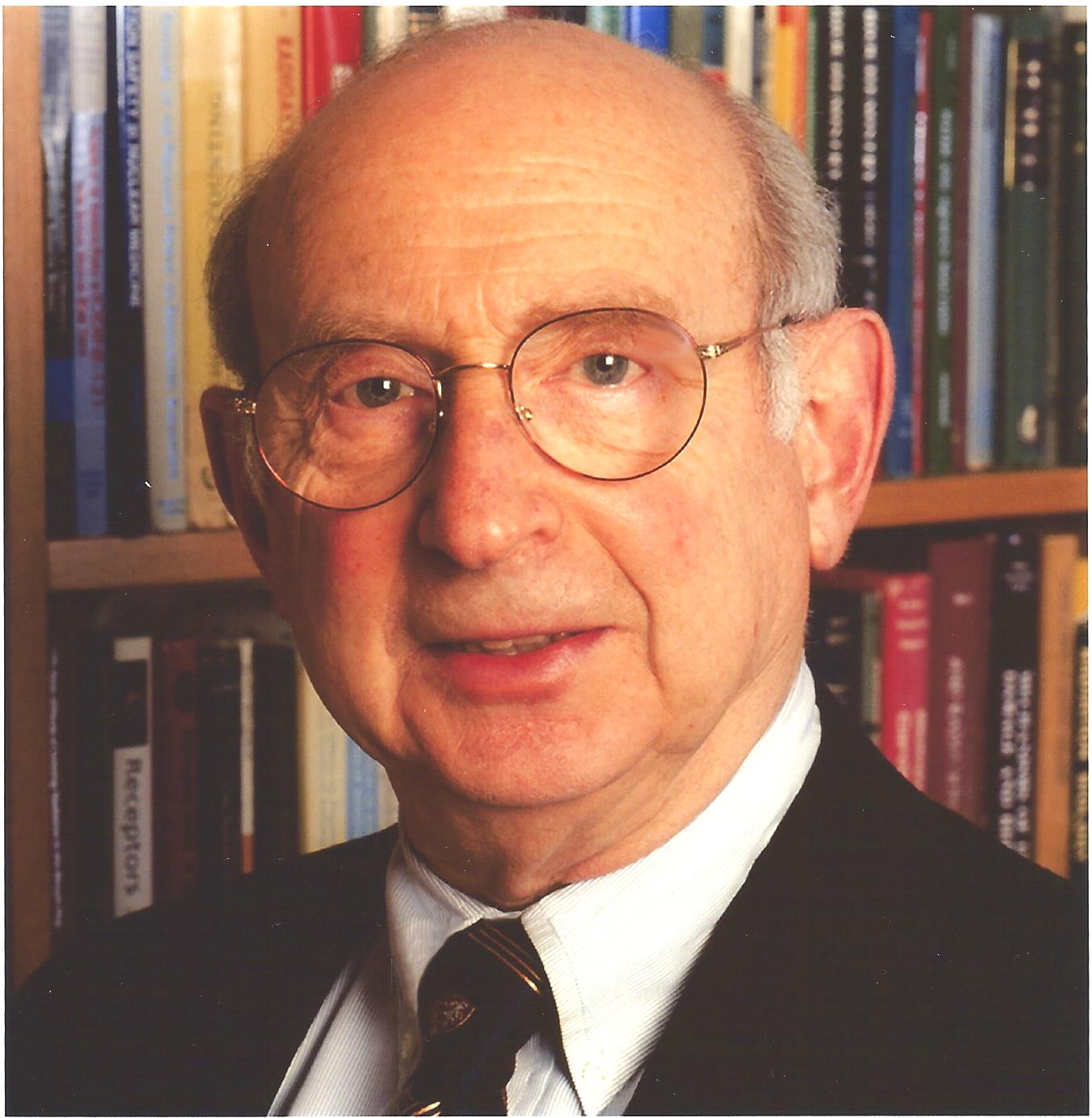
James Adelstein has an MD from Harvard Medical School and a PhD in biophysics from MIT. He was a medical resident at the Peter Bent Brigham Hospital (now the Brigham and Women’s Hospital) and did postdoctoral work in radiation biology at Cambridge University and in nuclear medicine at Johns Hopkins. He was a Fogarty visiting fellow at the University of Pisa. From 1960-68, he was a member of the Harvard Medical School Department of Anatomy where he established a laboratory in radiation biology. From 1968-1978, he organized programs in nuclear medicine at Peter Bent Brigham Hospital, Children’s Hospital and the Dana Farber Cancer Institute. He remained Director of the Joint Program in Nuclear Medicine through 2003. From 1978-1998 he was Dean for Academic Programs at Harvard Medical School responsible for curriculum development and organization of the Faculty. He has been a Professor of Radiology, a University Professor and, now, the Paul C. Cabot Distinguished Professor of Medical Biophysics, at Harvard. He has served as Director of the Harvard-MIT MD-PhD program and as Chair of the Division of Medical Sciences in Harvard’s Graduate School of Arts and Sciences. His research interests include the radiation biophysics of radioactive decay and the development of radio-labeled diagnostic and therapeutic agents. He is a fellow of the AAAS, a member of the Institute of Medicine, and recipient of the Aebersold, Blumgart, and de Hevesy awards from the Society of Nuclear Medicine….
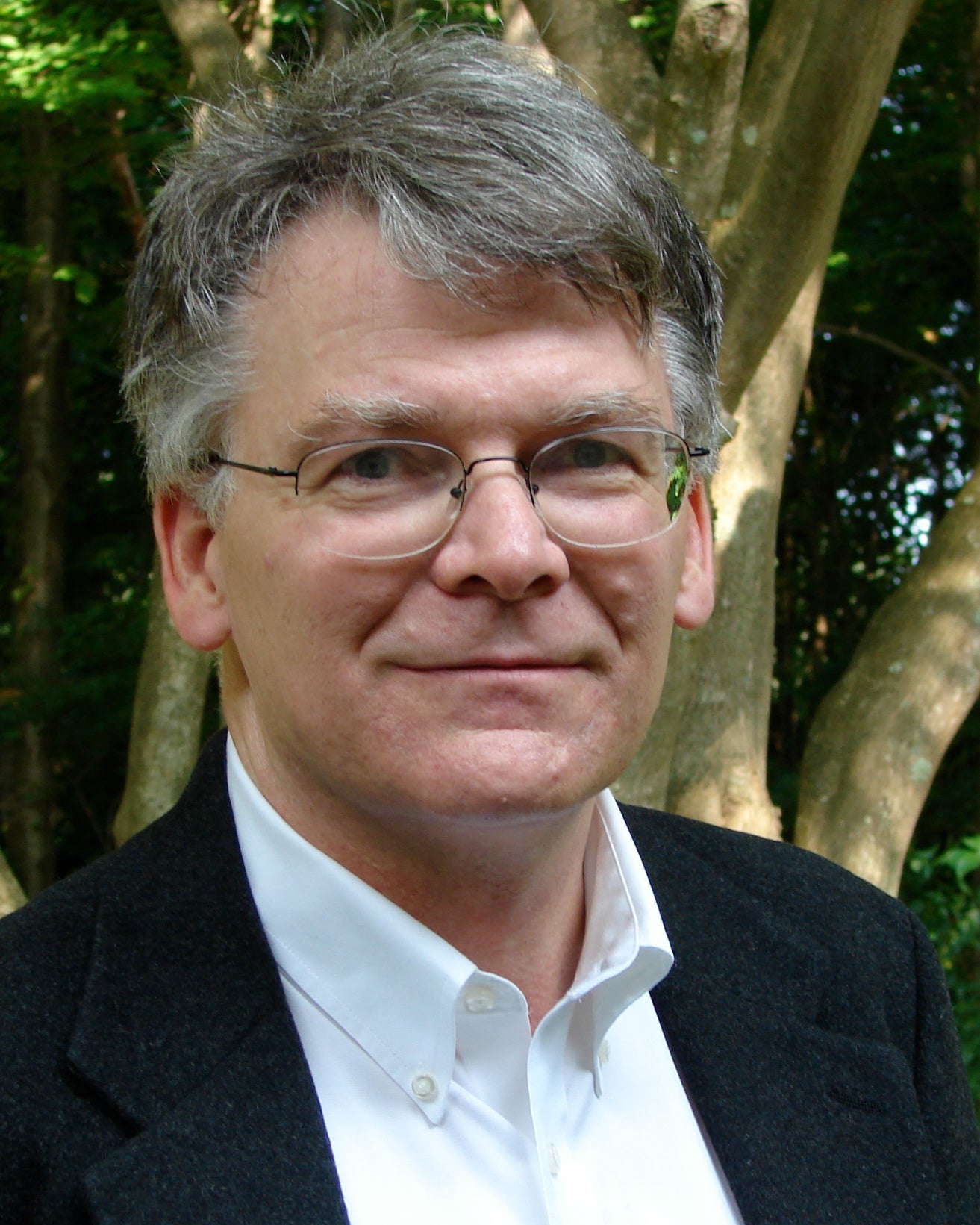
Douglas E. Brash is Professor of Therapeutic Radiology and Dermatology at Yale School of Medicine. After receiving degrees in Engineering Physics and Biophysics, he joined the Haseltine laboratory at Harvard to apply DNA sequencing techniques to DNA repair and mutagenesis. At the National Cancer Institute and then Yale, his laboratory identified DNA photoproducts responsible for UV mutations, used UV signatures to identify genes mutated by sunlight in the course of generating skin cancers, showed that one of these genes, p53 , is needed for UV-induced apoptosis to remove cells that otherwise would lead to cancer, and that this apoptosis also drives clonal expansion of mutant cells once they arise. Most recently, his group showed that the DNA photoproducts causing skin cancer continue to be induced after sun exposure ends, through chemiexcitation of melanin. Current interests include the pathogenic effects of chemiexcitation in other diseases and the role of UV in tumor evolution.
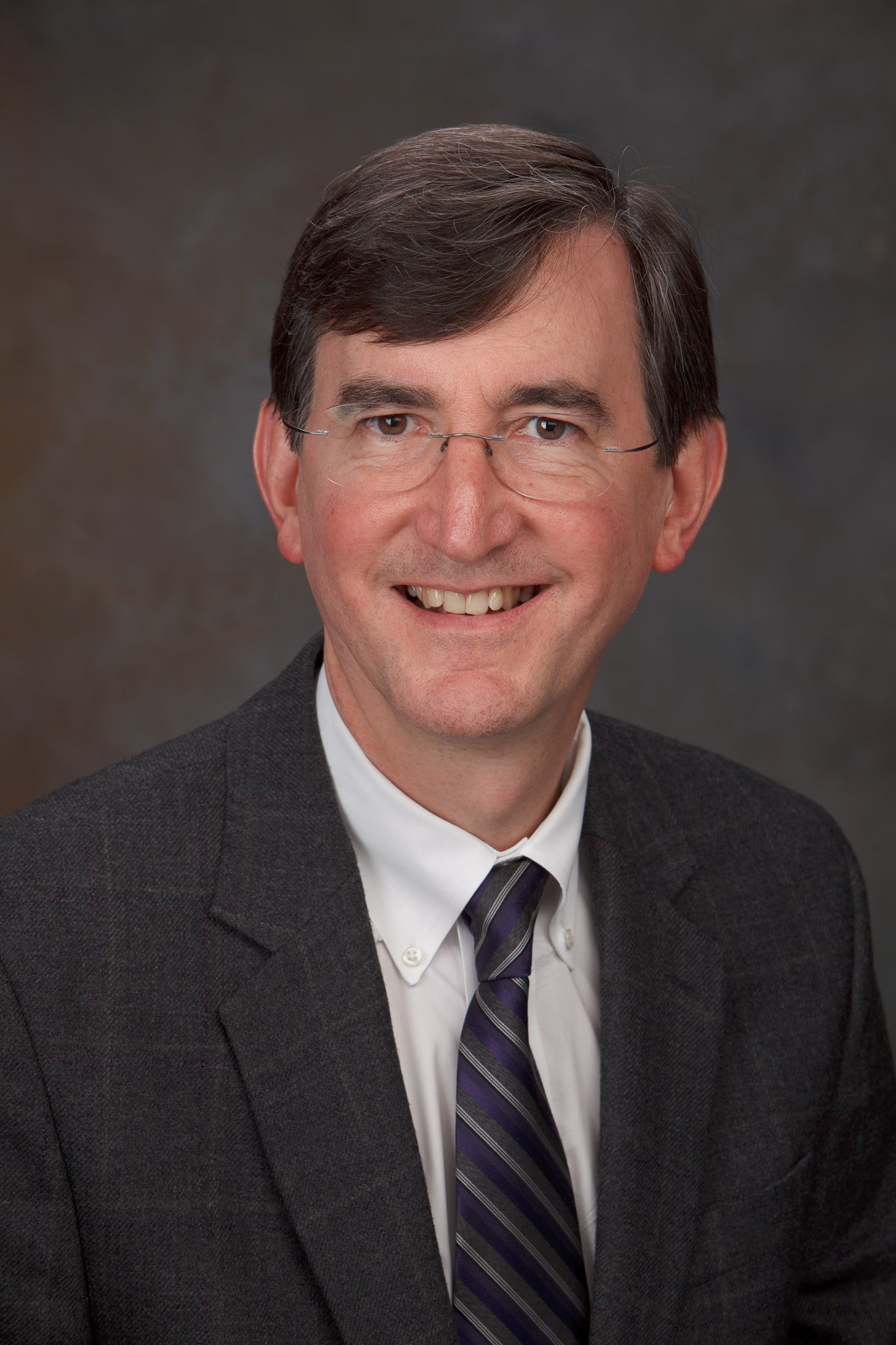
James A. Brink is Radiologist-in-Chief at the Massachusetts General Hospital (MGH) and the Juan M. Taveras Professor of Radiology at Harvard Medical School. He earned a BS degree in Electrical Engineering at Purdue University and an MD at Indiana University before completing his residency and fellowship at MGH in 1990. He joined the faculty at the Mallinckrodt Institute of Radiology at Washington University School of Medicine where he rose to the rank of Associate Professor prior to joining the faculty at Yale University in 1997. Dr. Brink served as Chair of the Yale Department of Diagnostic Radiology from 2006 to 2013 prior to returning to MGH as Radiologist-in-Chief. Dr. Brink is a fellow of the Society for Computed Body Tomography/Magnetic Resonance, a fellow of the American College of Radiology (ACR), and Past-President of the American Roentgen Ray Society (2012). For the ACR, Dr. Brink serves as Vice-Chair, Board of Chancellors, and for the National Council for Radiation Protection and Measurements (NCRP), he serves as the Scientific Vice-President for Radiation Protection in Medicine. While he has broad experience in medical imaging, including utilization and management of imaging resources, Dr. Brink has particular interest and expertise in issues related to the monitoring and control of medical radiation exposure.
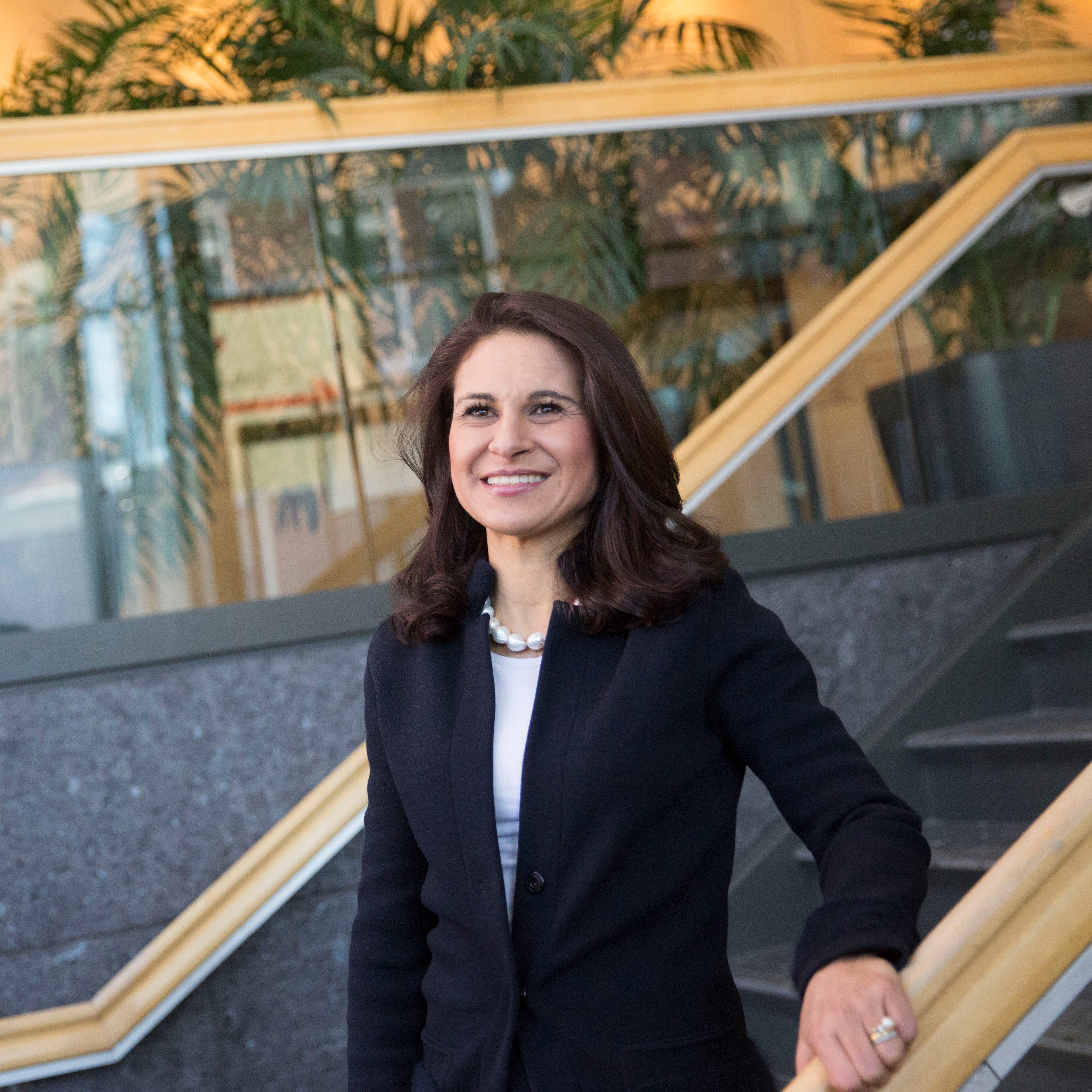
Dr. Francesca Dominici is Professor of Biostatistics and Senior Associate Dean for Research at the Harvard T.H. Chan School of Public Health. She received her PhD in Statistics from the University of Padua, Italy, in 1997. From 1999 to 2009 she was a Professor at the Bloomberg School of Public Health at Johns Hopkins University. In 2009 she moved to Harvard T.H. Chan School of Public Health as a tenured Professor of Biostatistics and was appointed Associate Dean of Information Technology in 2011. In Fall 2013, she was appointed Senior Associate Dean for Research.
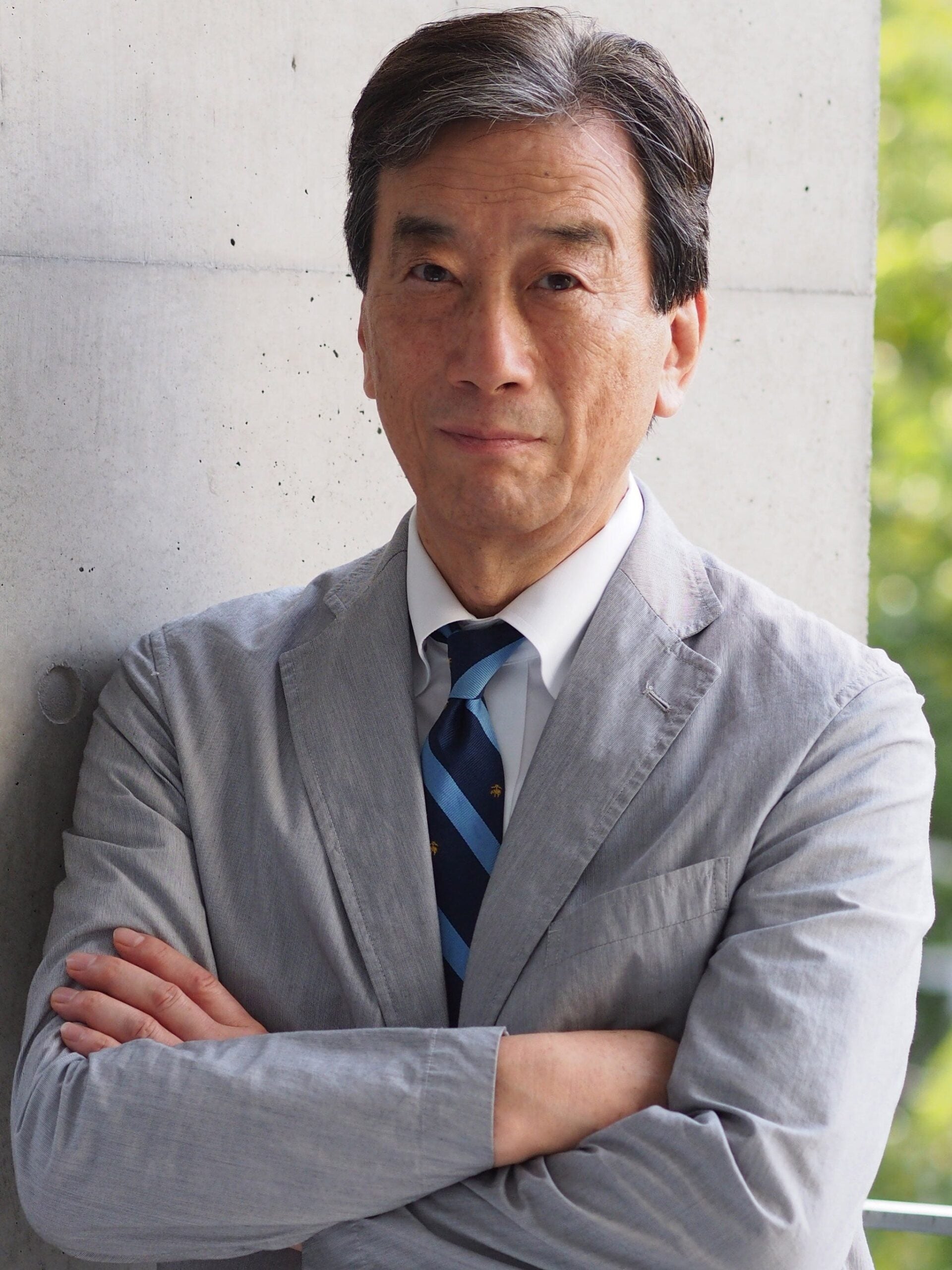
Chair of the Board, Global Health Innovative Technology Fund (GHIT)
Professor Emeritus of the University of Tokyo
A graduate of the University of Tokyo, professor of medicine at UCLA (1979-84), Univ Tokyo (89-96), Dean Tokai Univ Med School (96-02), President of the Science Council of Japan (03-06) as well as Science Advisor to the Government of Japan (06-08); He served as an executive member of many national and international professional societies of his disciplines, Commissioner of WHO (2005-09), Institute of Medicine of National Academies of Sciences of USA, serve(d) as Board members of Alexandria Library (Egypt), A*STAR (Singapore), Khalifa University (Abu Dhabi), OIST (Okinawa), Advisory Board to the Prime Minister of Malaysia. He was appointed to be a member of the World Dementia Council by the UK Government in April, 2014. He was Chair of Fukushima Nuclear Accident Independent Investigation Commission by the National Diet of Japan (NAIIC; 2011.12-2012.7) and received “2012 Scientific Freedom and Responsibility Award” of AAAS and “100 Top Global Thinkers 2012” of ‘Foreign Policy’ for his leadership in NAIIC.
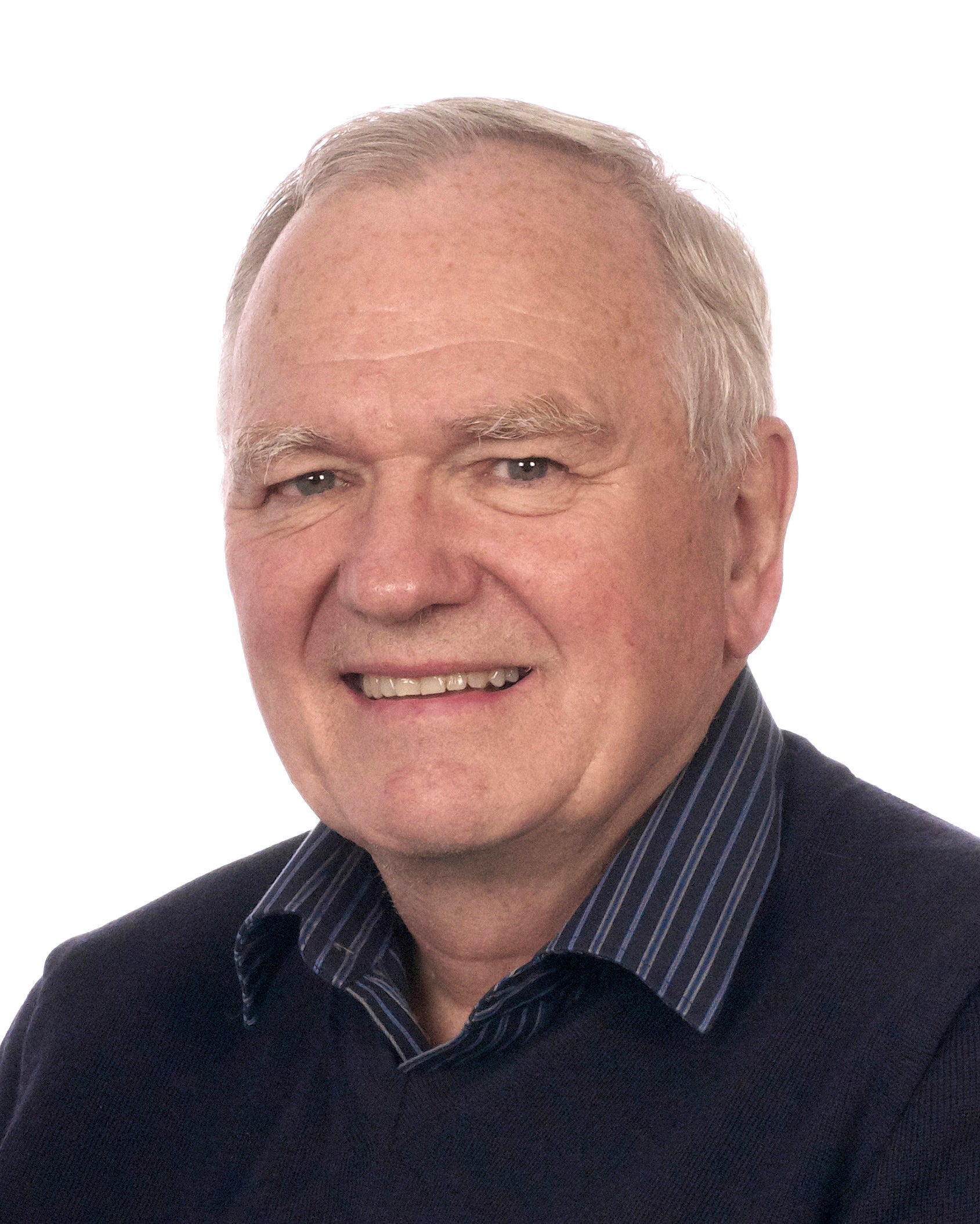
Professor O’Neill was the Course Director of the MSc in Radiation Biology until 2016 and Deputy Director of the Oxford Institute for Radiation Oncology within the Department of Oncology until 2017.
Following post-doctoral positions first at the Max-Planck-Institut für Strahlenchemie in Mülheim, Germany, and then at the Institute of Cancer Research in Sutton, UK, he spent 23 years carrying out research at the MRC Radiation and Genome Stability Unit (formerly Radiobiology Unit) in Harwell, Oxfordshire. He came to Oxford to lead the DNA Damage Group in 2005 until his retirement in 2017.
He is Associate Editor of the International Journal of Radiation Biology and of Radiation Research and has over 235 peer-reviewed publications. He provides consultancy and advice to several international organisations including NASA and EU funded MELODI Consortium. He was President of the Radiation Research Society of USA in 2010 and serves on several international committees relating to radiation. He is a Fellow of the Royal Society of Chemistry and was awarded the Failla medal and the Weiss medal as an outstanding member of the scientific community in recognition of a history of significant contributions to radiation research.
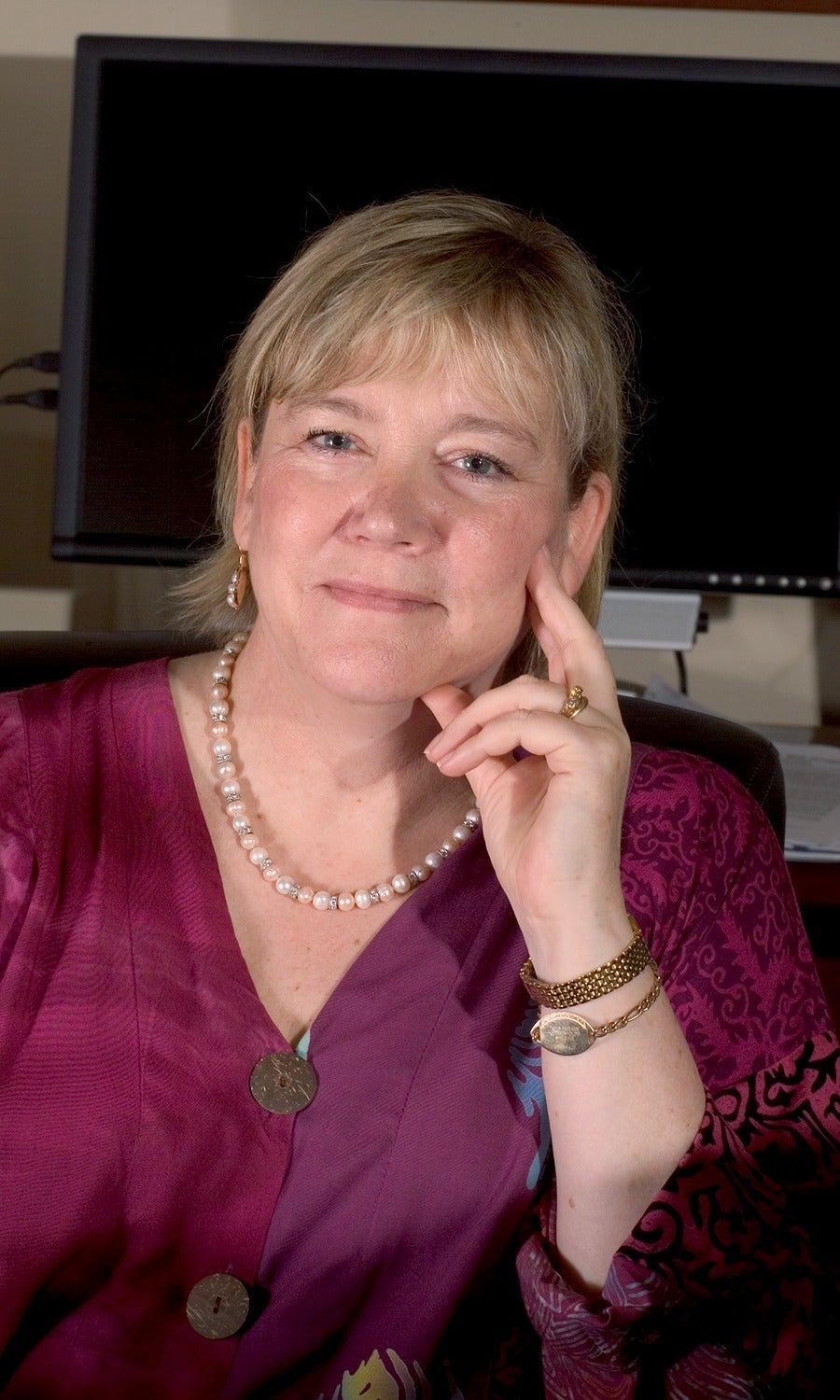
Leona Samson earned her Bachelor’s degree in Biochemistry from the University of Aberdeen in Scotland, and her Ph.D. in Molecular Biology from the Imperial Cancer Research Fund and University College, London University in England (with John Cairns). She received postdoctoral training in the U.S. at the University of California, San Francisco (with James Cleaver), and at UC Berkeley (with Stuart Linn). Following 18 years on the faculty of the Harvard School of Public Health, she joined MIT in 2001 as Professor of Biological Engineering and Director of the Center for Environmental Health Sciences, which she directed until 2012.
Her research has focused on how cells, tissues, and animals respond to environmental toxicants, and she has used a diverse set of approaches including, x-ray crystallography, biochemistry, molecular biology, systems biology, microbial genetics, somatic cell genetics, mouse genetics using knockout and transgenic technology, gene therapy, genomics, and human population-based studies.
Leona Samson has received numerous awards and honors during her career, among them the Burroughs Wellcome Toxicology Scholar Award (1993); the AACR Women in Cancer Research Award (2000); and the Environmental Mutagen Society Annual Award for Research Excellence (2001). Also, in 2001, Dr. Samson was named an American Cancer Society Research Professor, and in 2003 she was elected as member of the Institute of Medicine (IOM) of the National Academies of Science (NAS).
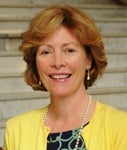
Dr. Nancy Tarbell was the first female professor in radiation oncology at Harvard Medical School, where she also served as Dean for Academic and Clinical affairs from 2008-2019. As the CC Wang Professor Emerita of Radiation Oncology at Boston’s Mass General Hospital, she remains active at Mass General Hospital and Harvard.
At Massachusetts General Hospital, Dr. Tarbell was the founding director of the Office for Women’s Careers and the Center for Faculty Development. Dr. Tarbell is an internationally recognized expert in pediatric oncology and, in particular, pediatric brain tumors. Consistently listed in The Best Doctors of America (Woodward and White), Dr. Tarbell serves on the national Children’s Oncology Group Brain Tumor Committee. She was elected to the Institute of Medicine of the National Academies in 2002 and has authored more than 300 original publications and book chapters. Dr. Tarbell is co-editor of Pediatric Radiation Oncology, now in its 5th edition.
Dr. Tarbell is a longstanding advocate for faculty development initiatives including mentoring programs for junior faculty and numerous efforts on behalf of women and minorities. She recently led the HMS-wide Task Force on Faculty Development and Diversity, which has defined and prioritized faculty development and diversity enhancements within the HMS community, providing a foundation for the creation of new opportunities for HMS faculty and trainees.
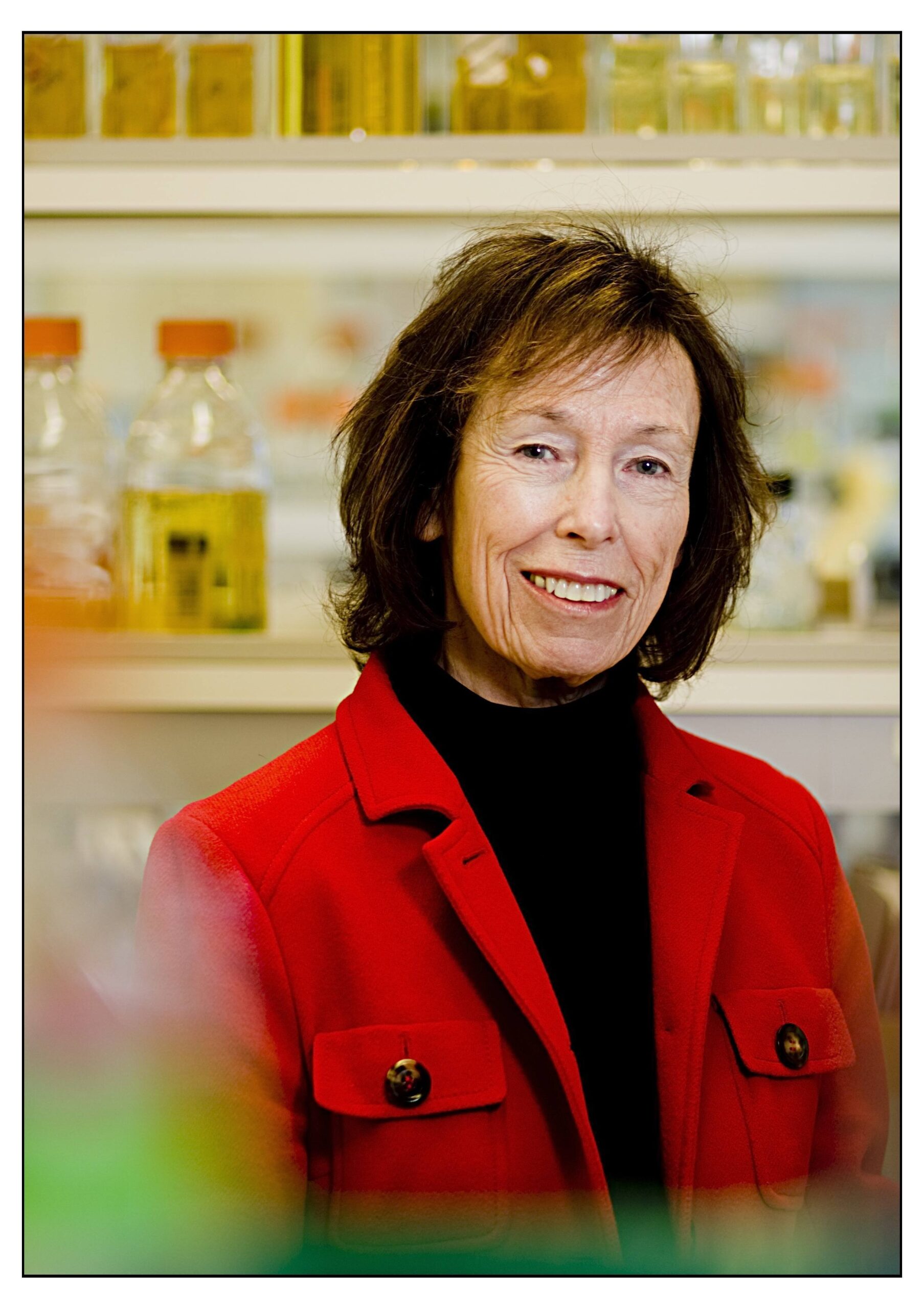
Dr. Susan Wallace served as Chair of Microbiology and Molecular Genetics at the University of Vermont from 1998 to 2018. She earned her bachelor’s degree in Chemistry and Mathematics from Marymount College in Tarrytown, New York, her master’s in Bioradiology from the University of California, Berkeley and her PhD in Biophysics from the Cornell Graduate School of Medical Sciences, Sloan Kettering Division, in New York City. Her postdoctoral training was in immunochemistry at Columbia University College of Physicians and Surgeons. After holding faculty positions at the City University of New York and New York Medical College, she joined the faculty at the University of Vermont as Professor and as Chair of Microbiology and Molecular Genetics. Dr. Wallace’s entire career has been focused on the consequences and repair of free radical-induced damage to DNA produced endogenously and by ionizing radiation. Initially, using biochemical, chemical, genetic and biological approaches, her laboratory made major inroads into the understanding of Base Excision Repair and the biological consequences of unrepaired damages. More recently, in collaborative efforts, she has used x-ray crystallographic, chromatin biochemical, and single molecule approaches, to dissect the mechanisms underpinning both repair and lesion consequences. Her work has been incentivized by the knowledge that failure to repair DNA damage can lead to genomic instability and cancer. Dr. Wallace received numerous award…
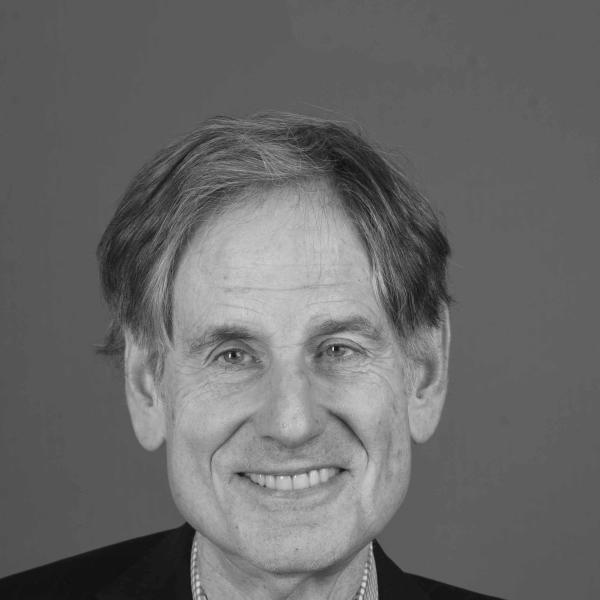
Ralph R. Weichselbaum has devoted his career to translational research in cancer. While a research fellow in the laboratory of John B. Little and latter a faculty member at The Harvard School of Public Health, Weichselbaum helped to define both the role of intrinsic radio-sensitivity and potentially lethal radiation damage repair in the survival of human tumor cells following x-irradiation. During his time as head of radiotherapy at the Dana Farber/Brigham and Woman’s Hospital, he co-led a team of investigators that were the first to use induction chemotherapy combined with radiotherapy in the treatment of head and neck cancer. Following his move to the University of Chicago, his laboratory in collaboration with Dr. Donald Kufe made seminal discoveries in basic signal transduction mechanisms following ionizing radiation exposure, and, in separate studies, discovered that mechanisms of radiation resistance and sensitivity are in part mediated by cytokine activation in tumors. Combining these concepts, Weichselbaum and colleagues thus conceived “genetic radiotherapy.” In this bench to bedside application of a transcriptional targeting gene therapy paradigm, radiation activates DNA sequences from a radio- (or chemo-) inducible promoter, in this case the CArG elements from the EGR-1 gene, which are cloned upstream of cDNA to form the cytotoxin, TNFα. Commercialized as TNFerade (GenVec), this genetic construct has been studied in phase 1, 2, and 3 clinical trials. Weichselb…